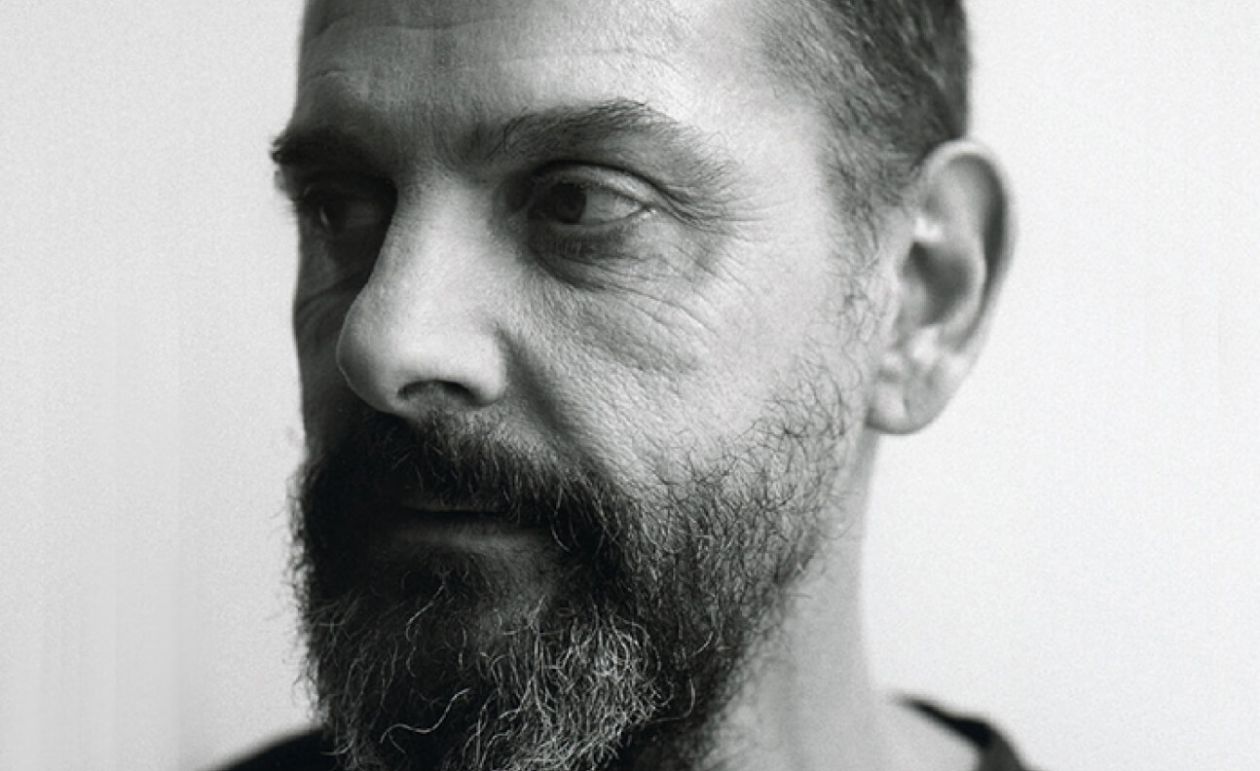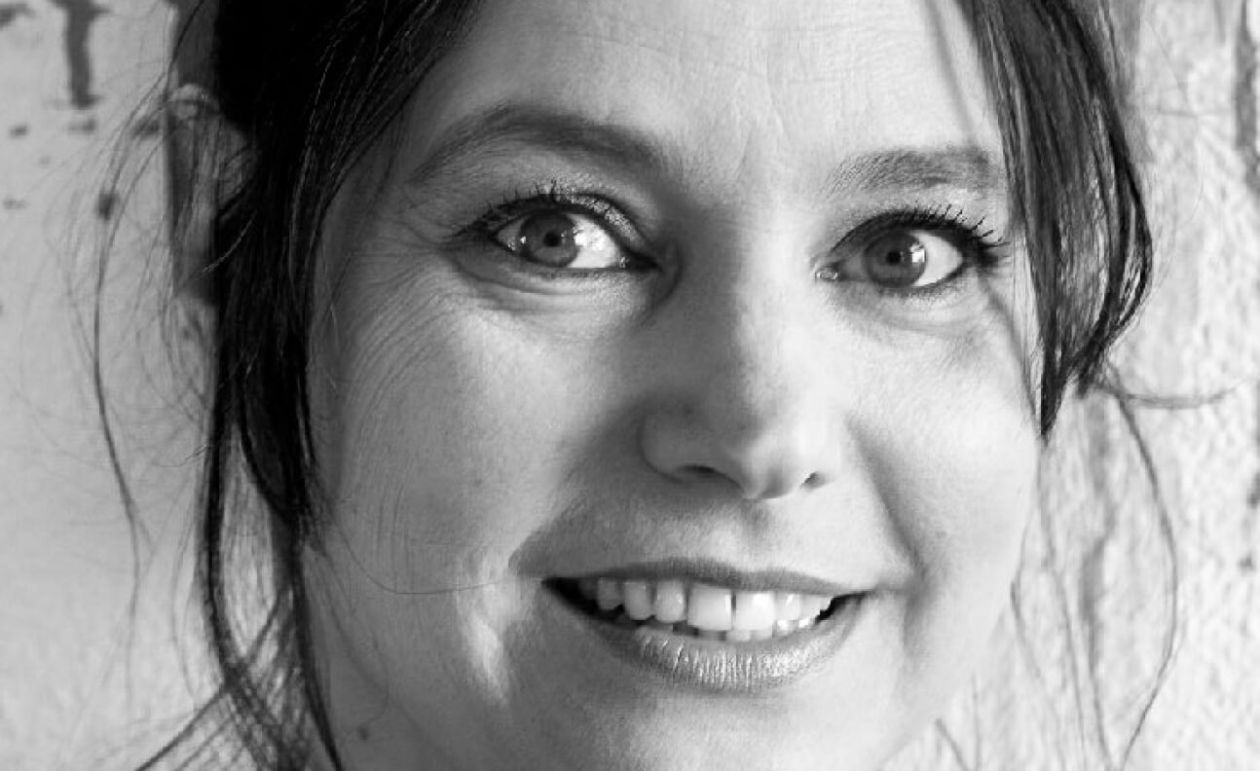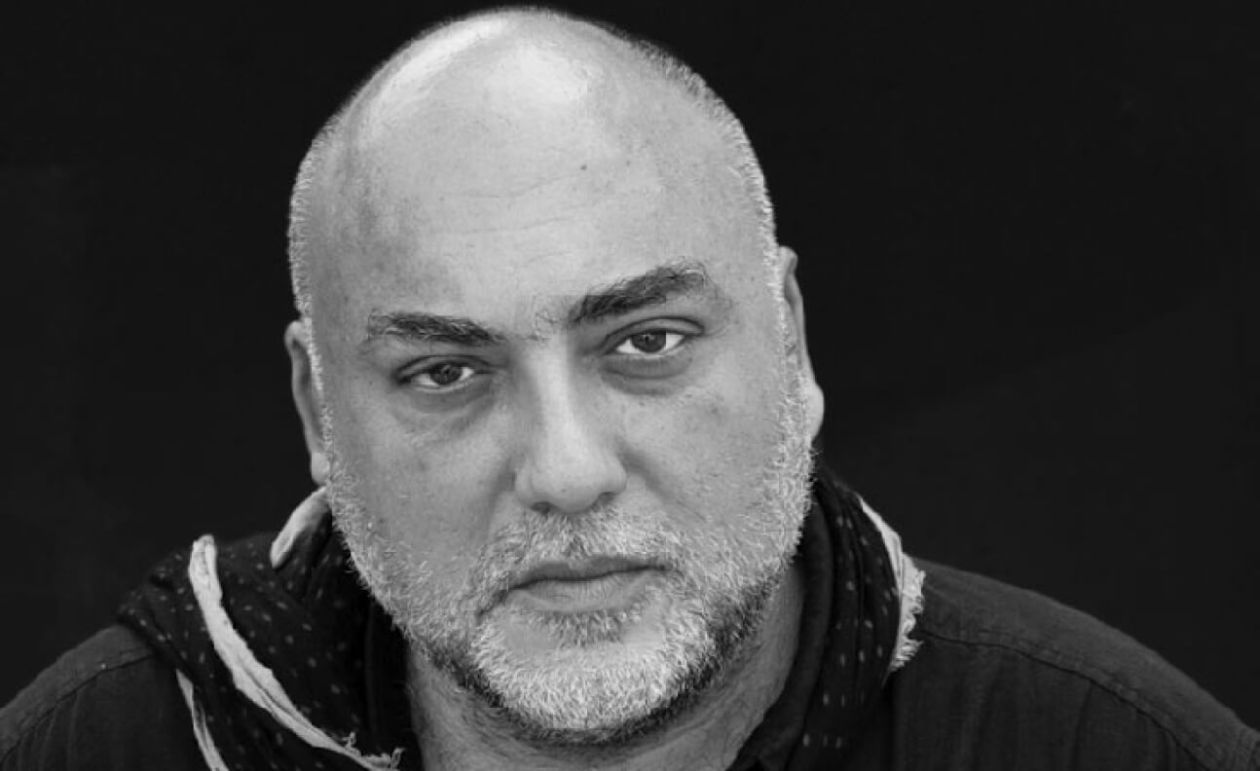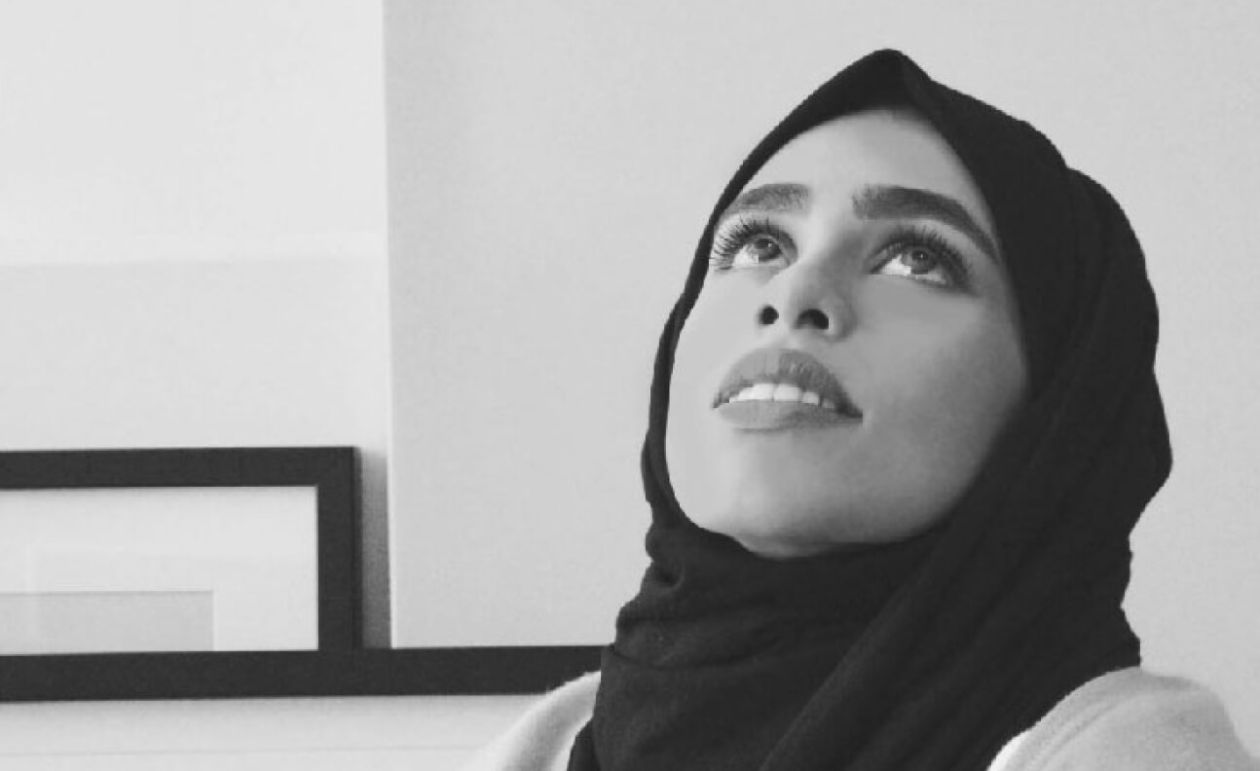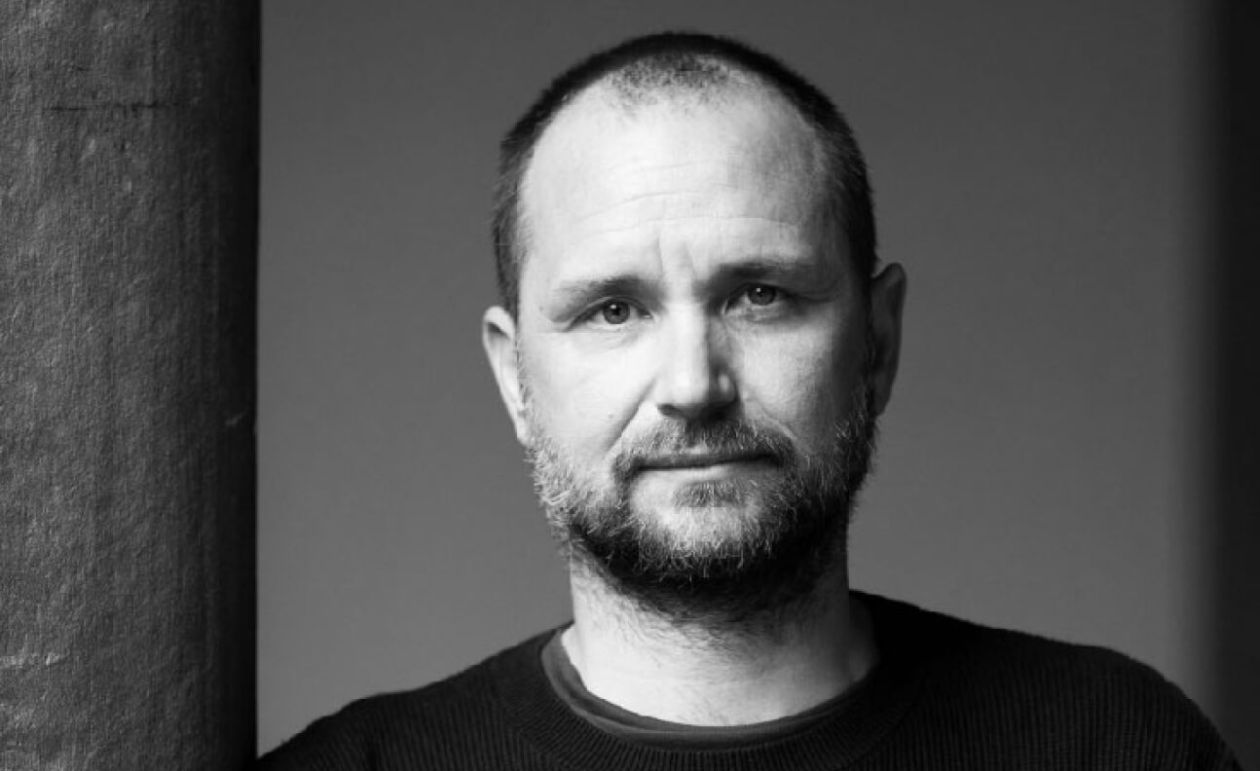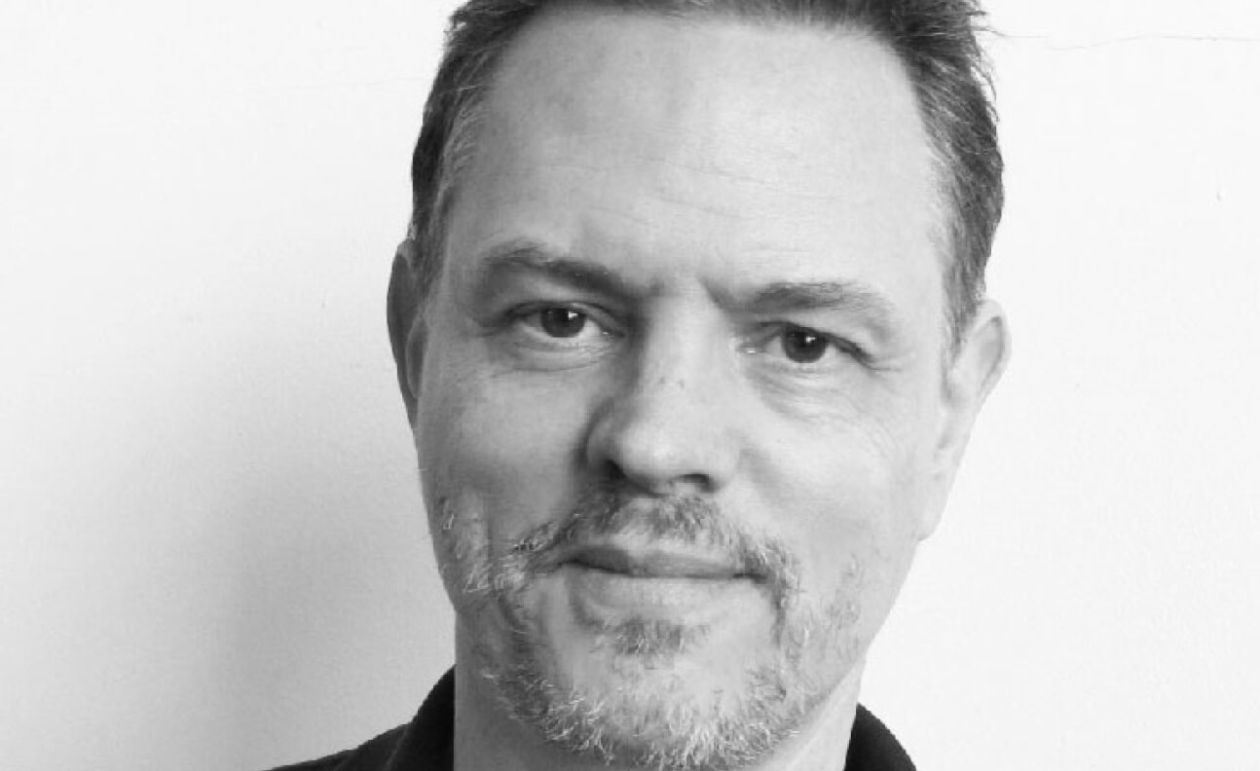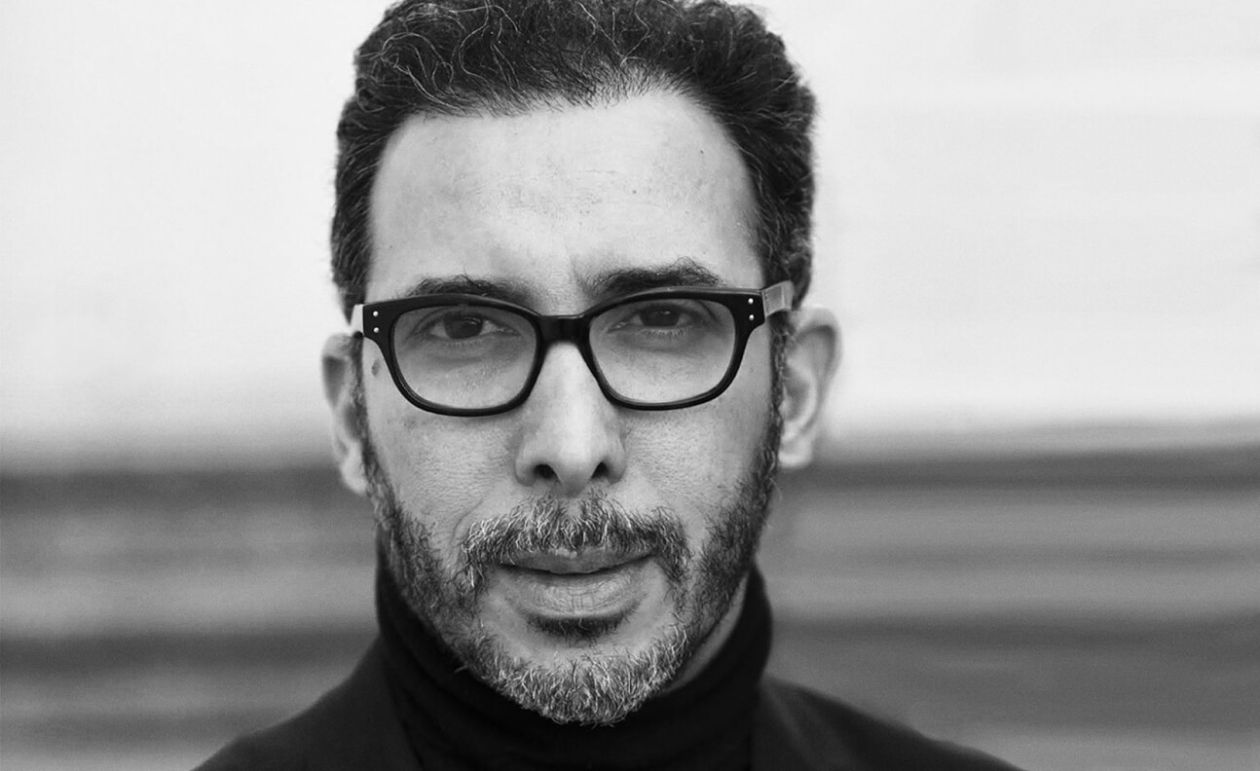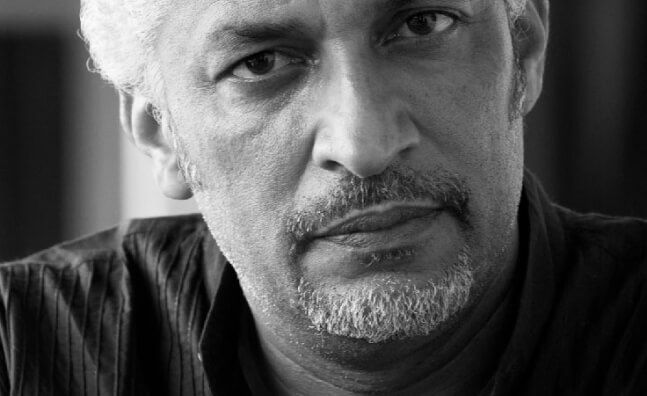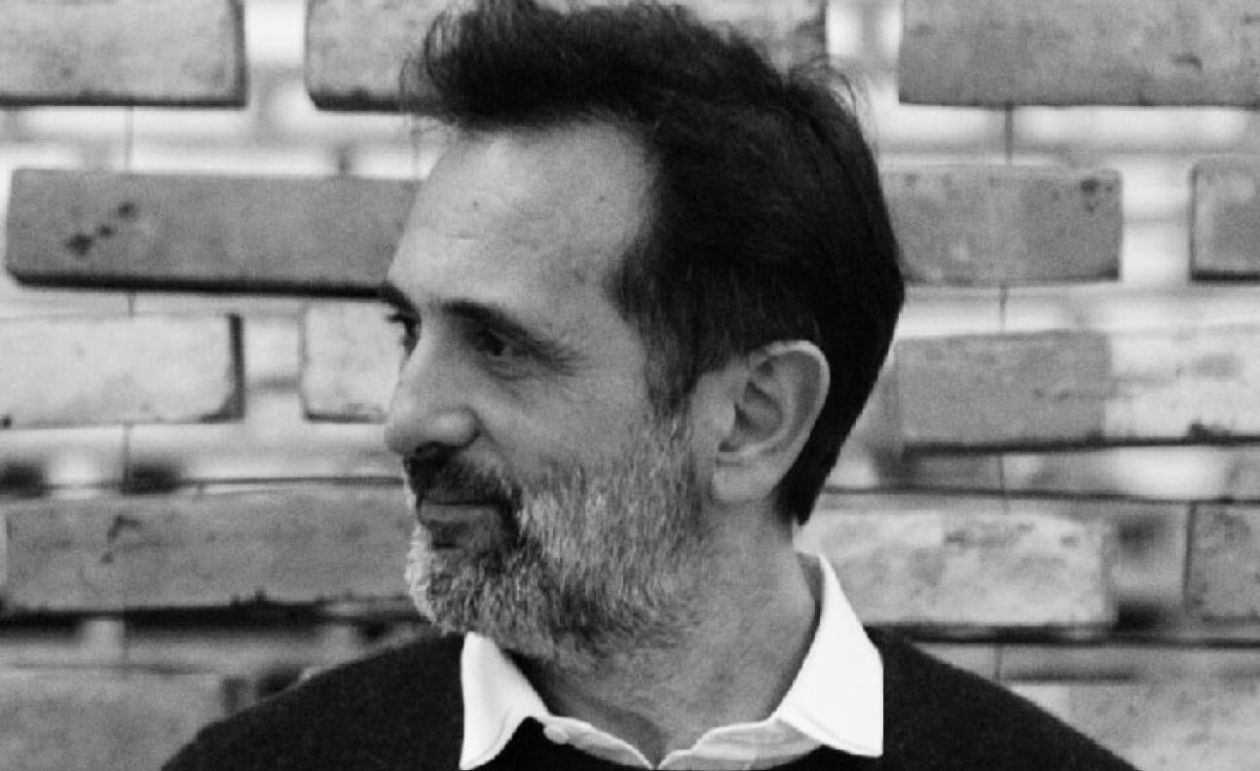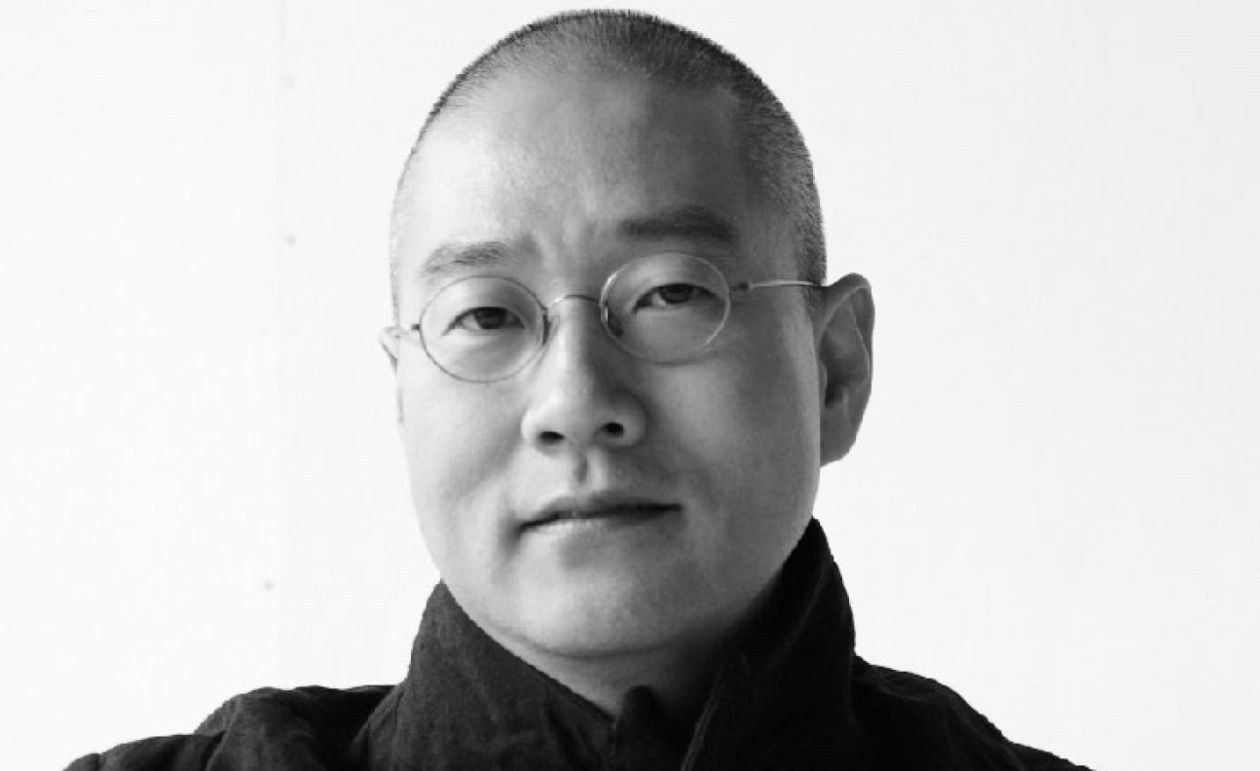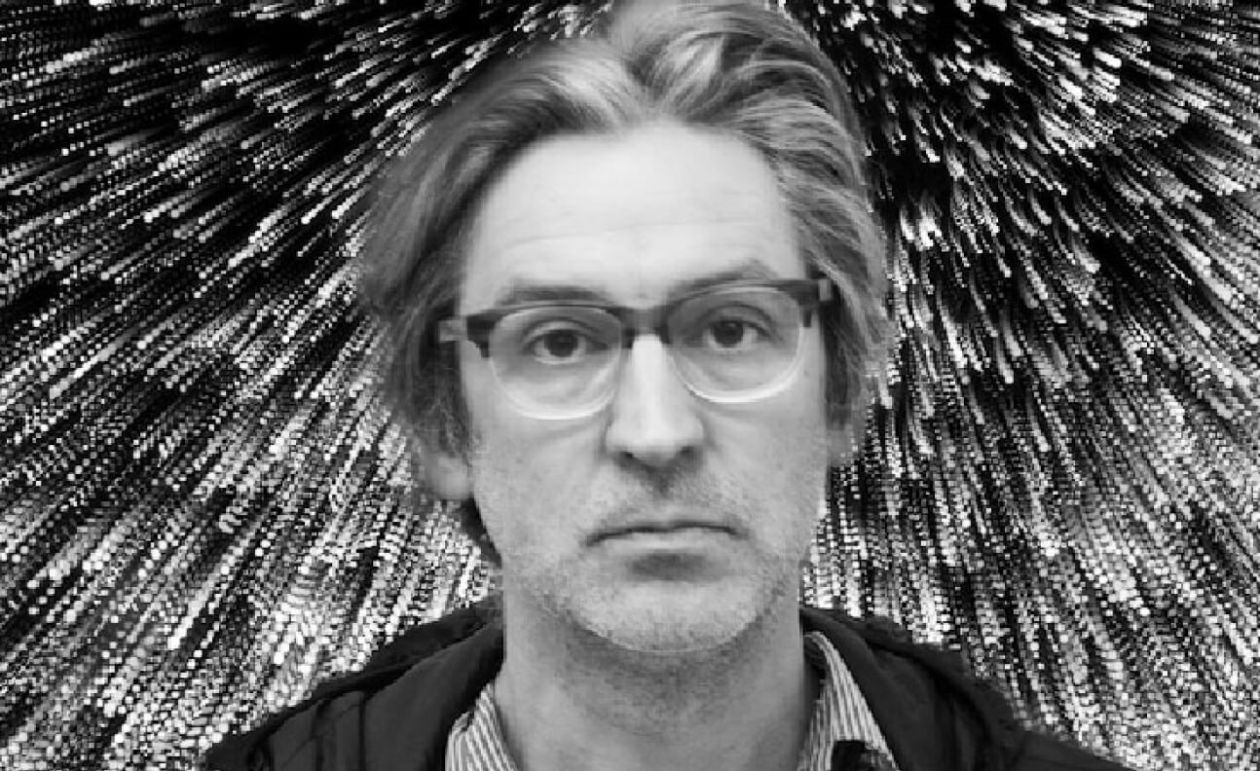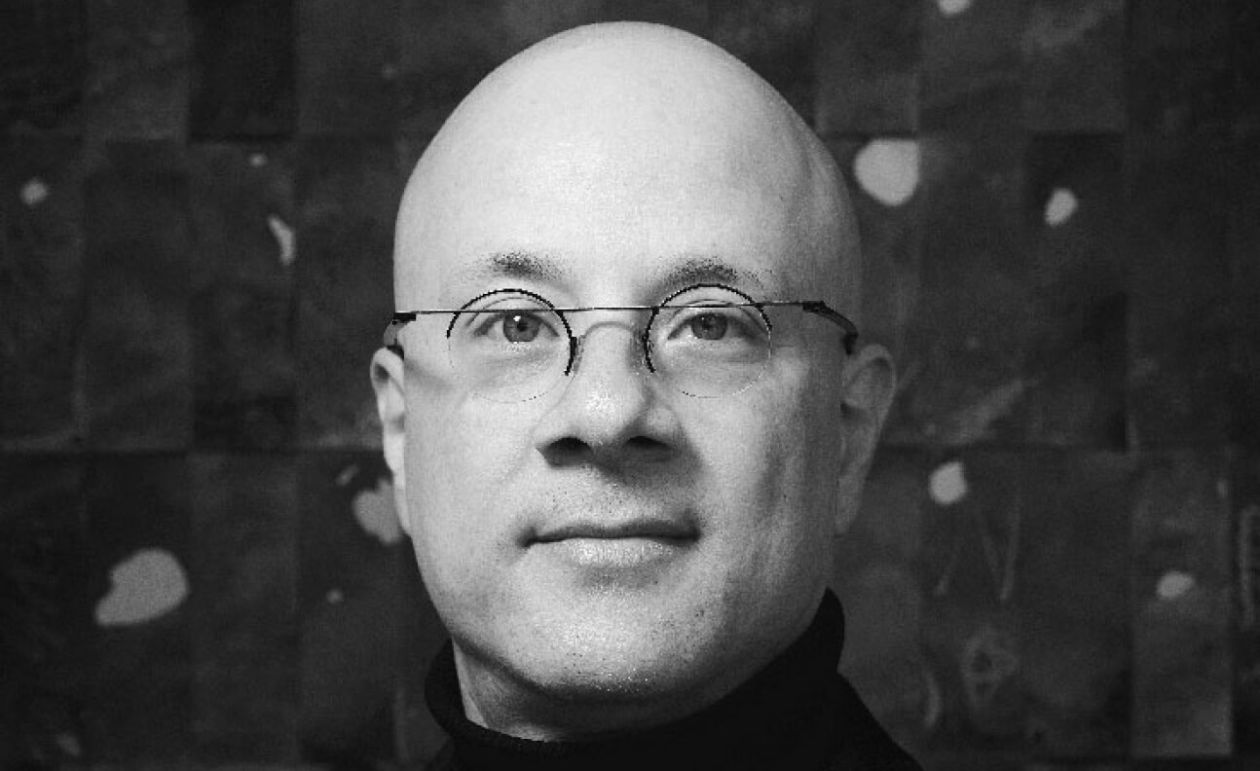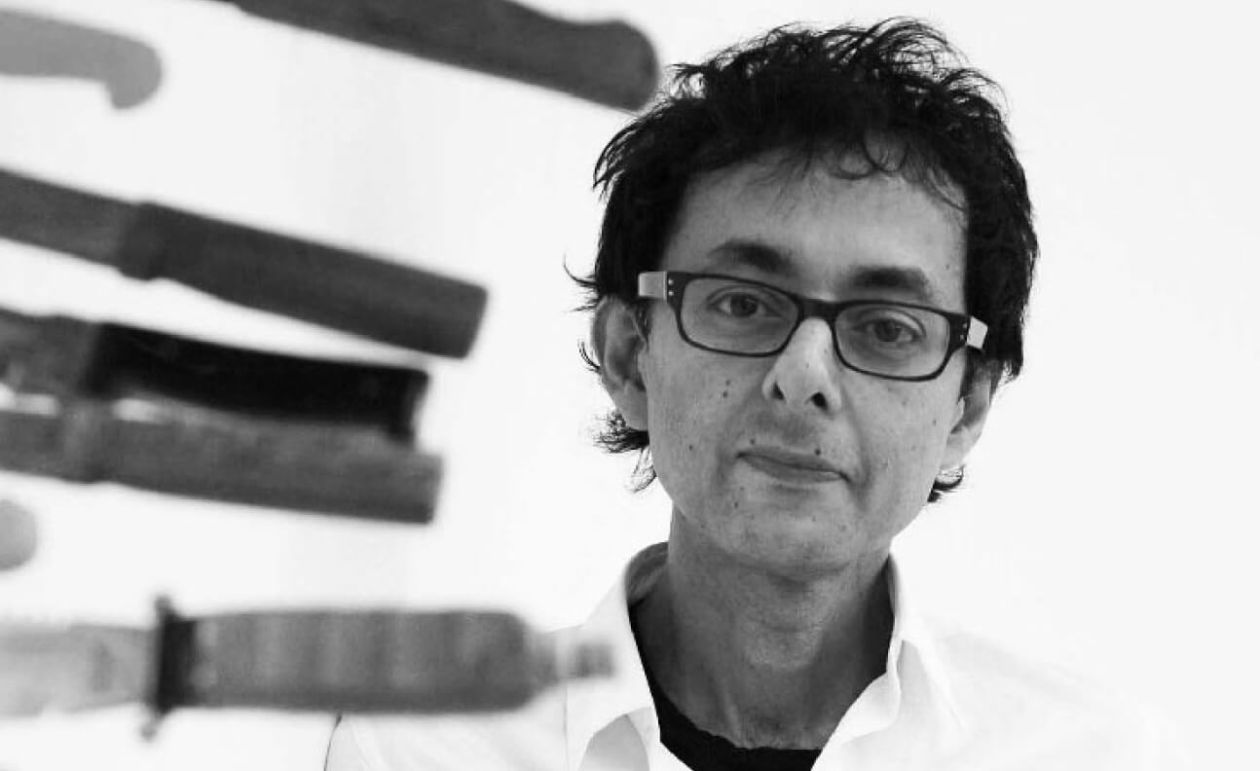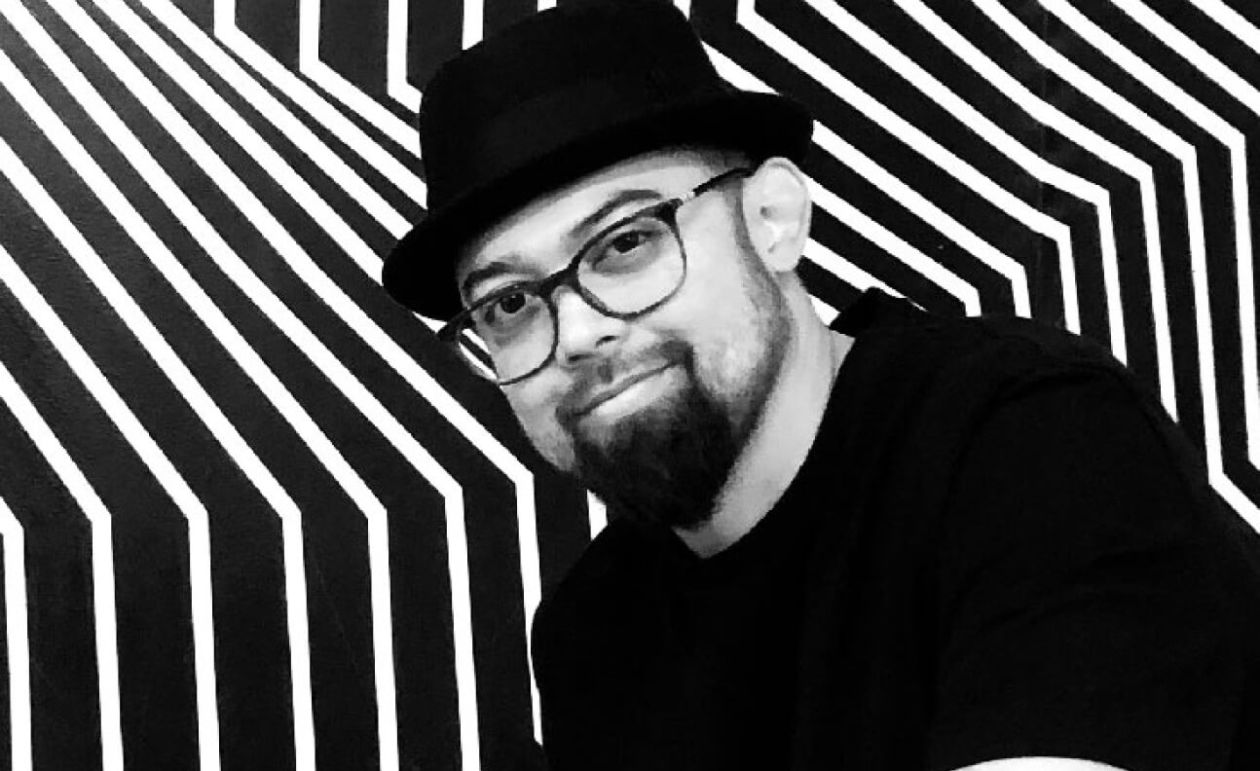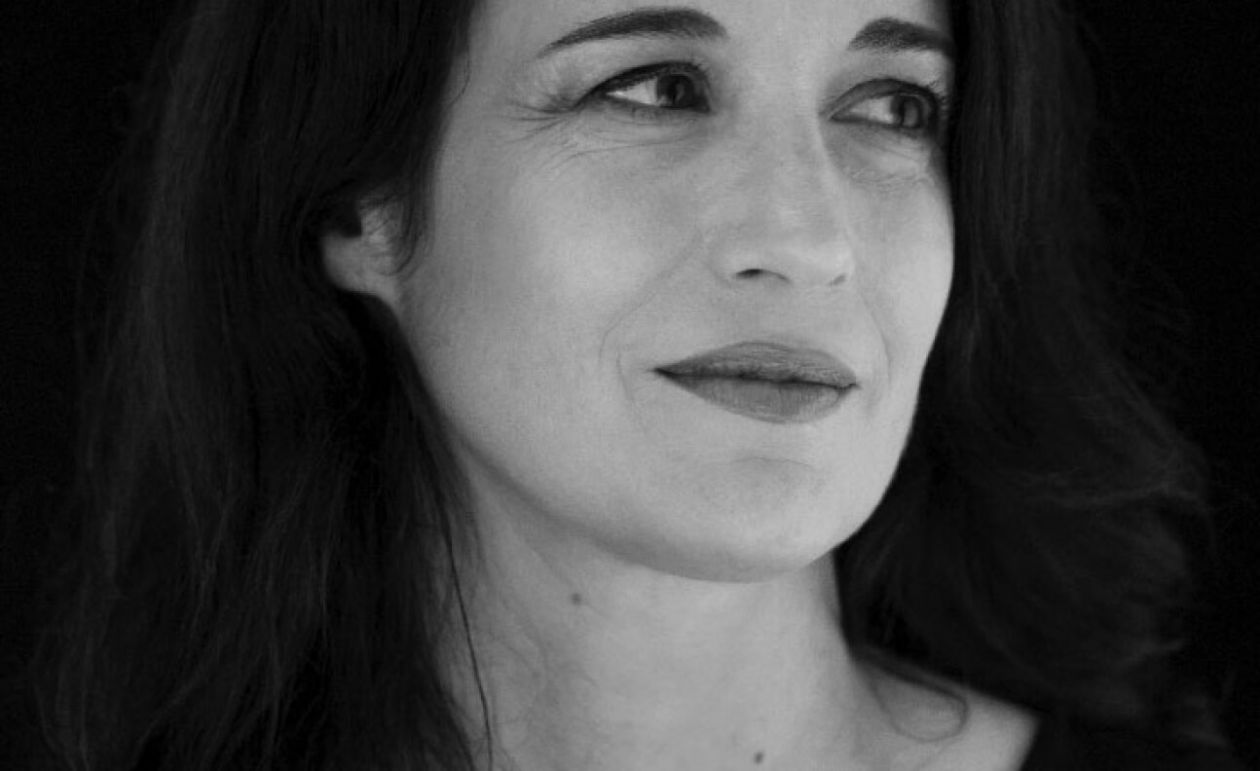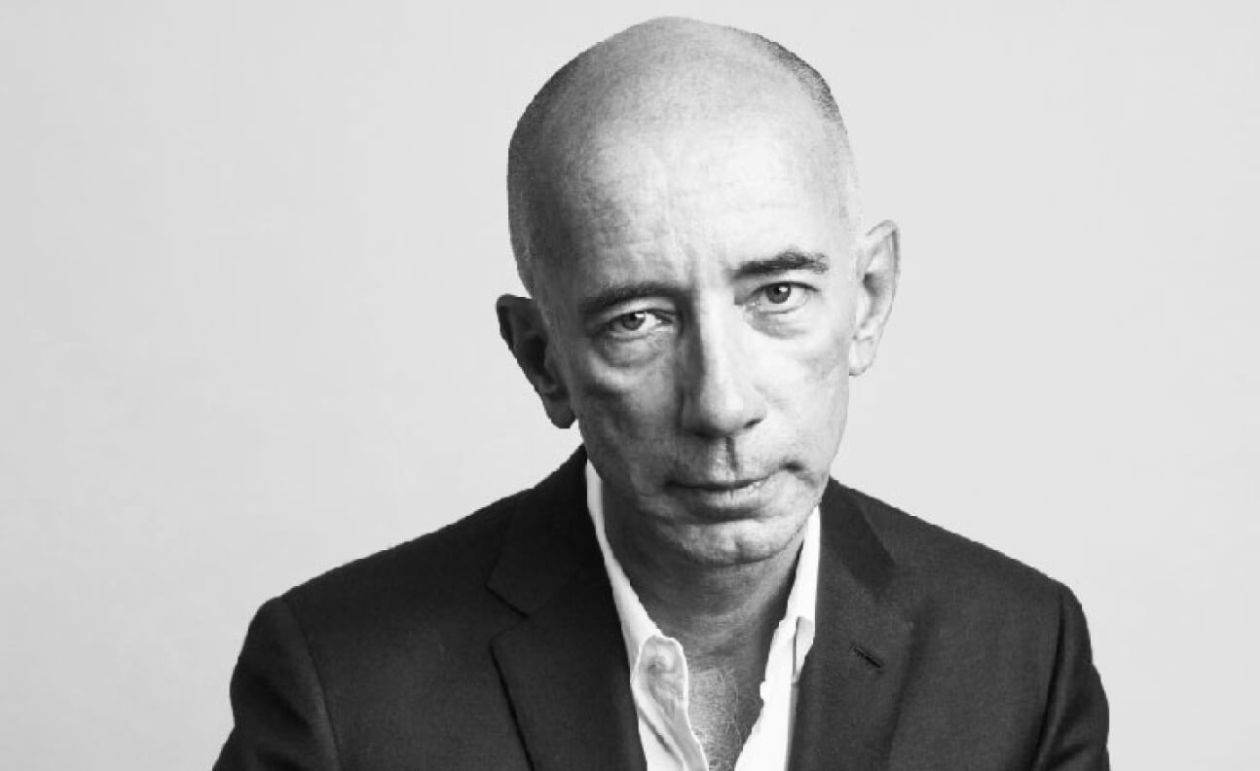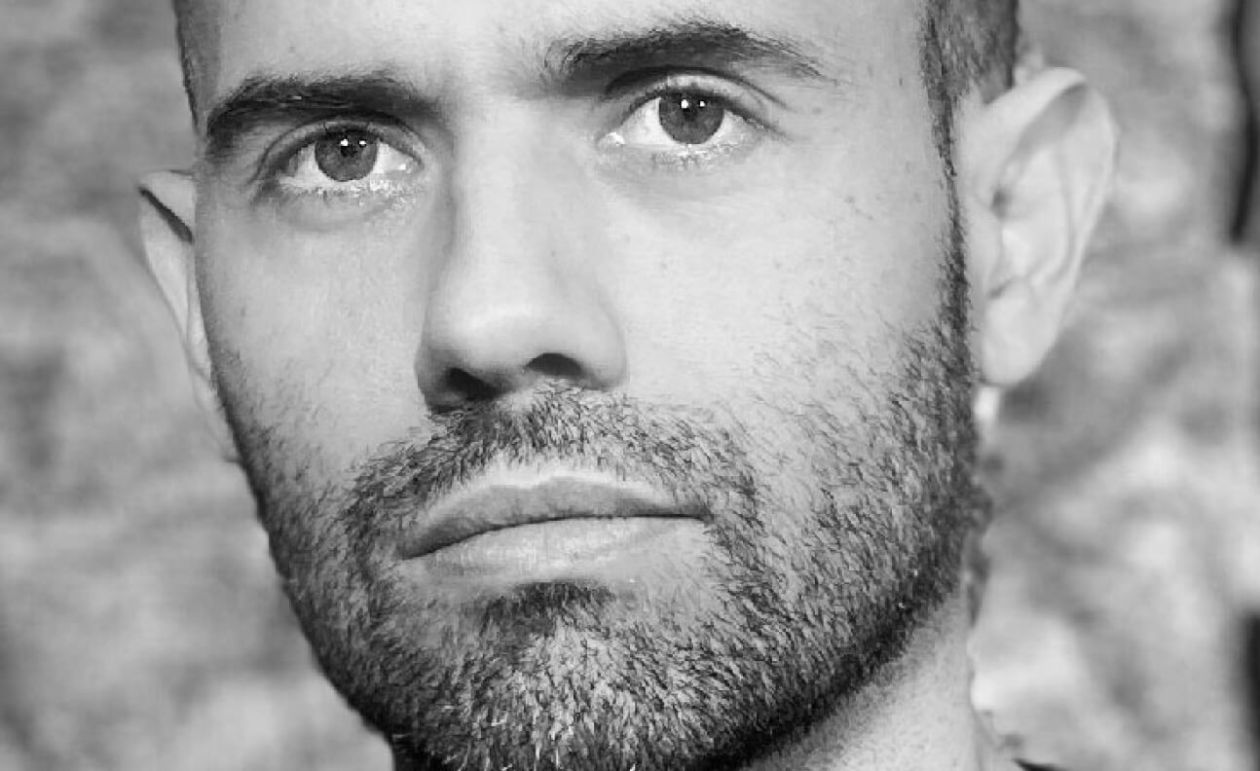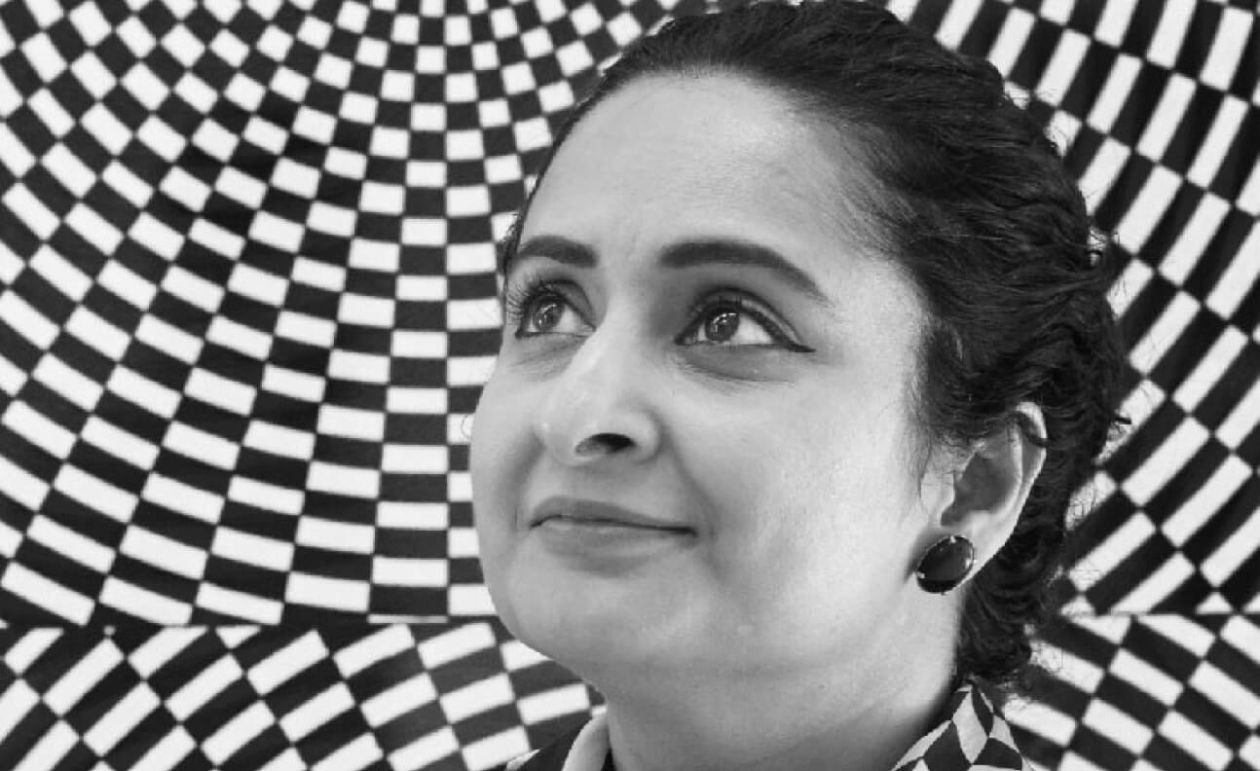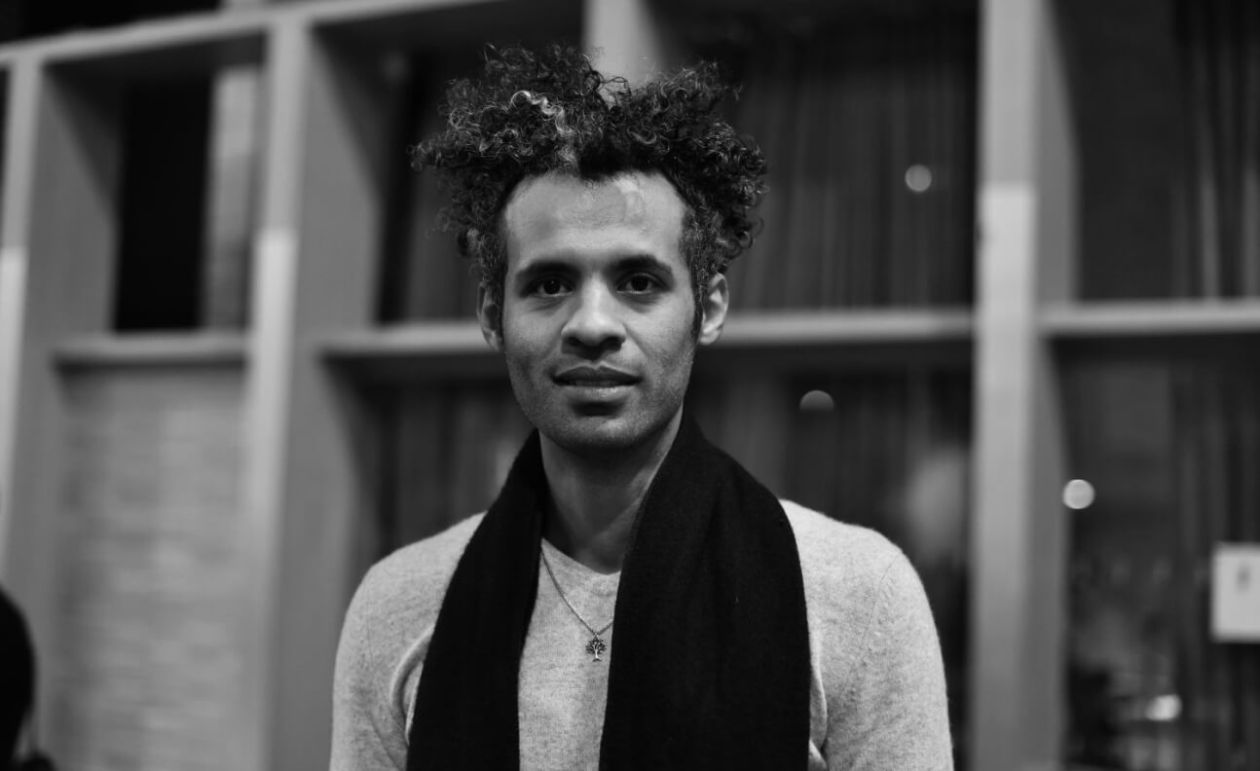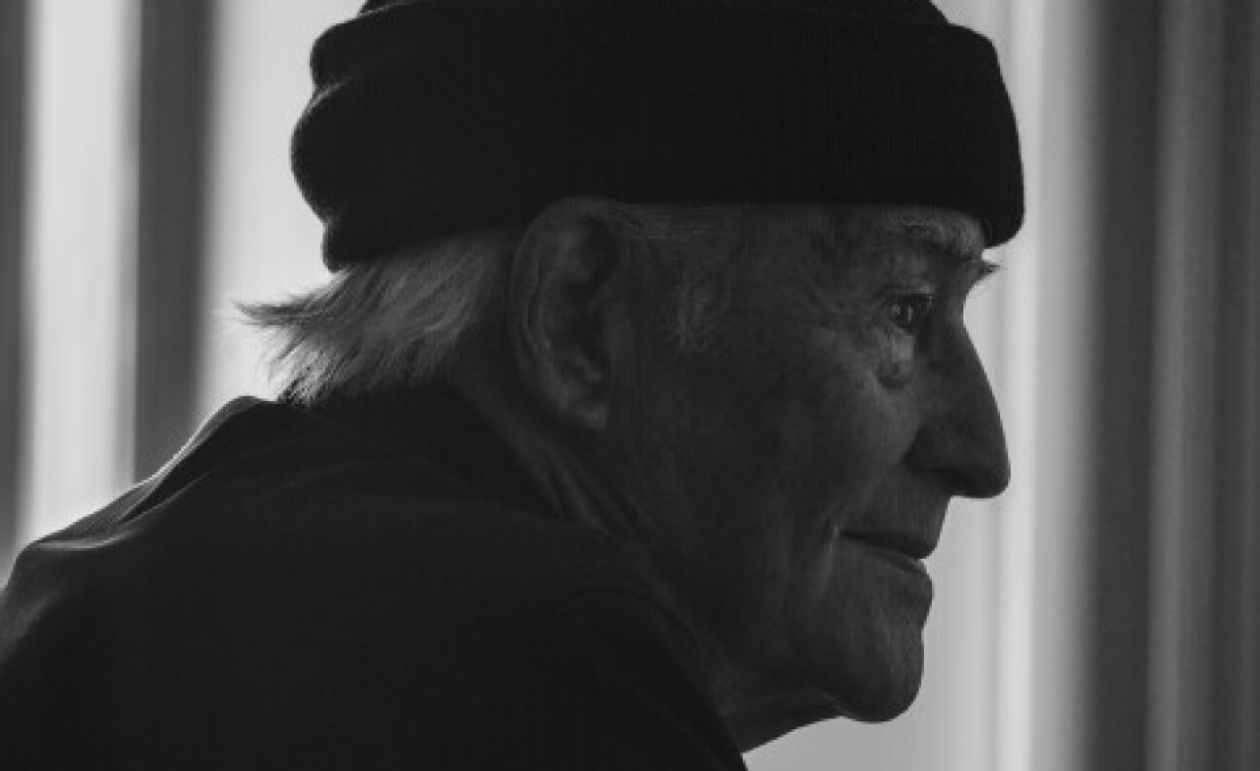Ugo Rondinone
Ugo Rondinone was born in 1964 in Brunnen, Switzerland. He studied at the Hochschule für Angewandte Kunst, Vienna. The artist currently lives and works in New York. In 2007, Rondinone represented Switzerland at the 52nd Venice Biennale. Referring concurrently to the natural world, romanticism and existentialism, Rondinone’s works encapsulate a “mental trinity” that has underpinned his art for 30 years.
Selected solo exhibitions include Ugo Rondinone. a wall. a door. a tree. a lightbulb. Winter, Sørlandets Kunstmuseum, Kristiansand, Norway 2021; we are poems, École des Beaux-Arts, Paris 2019; everyone gets lighter, Kunsthalle Helsinki 2019; and sunny days, Guild Hall, East Hampton, New York, 2019.
Photo © Brigitte Lacombe


